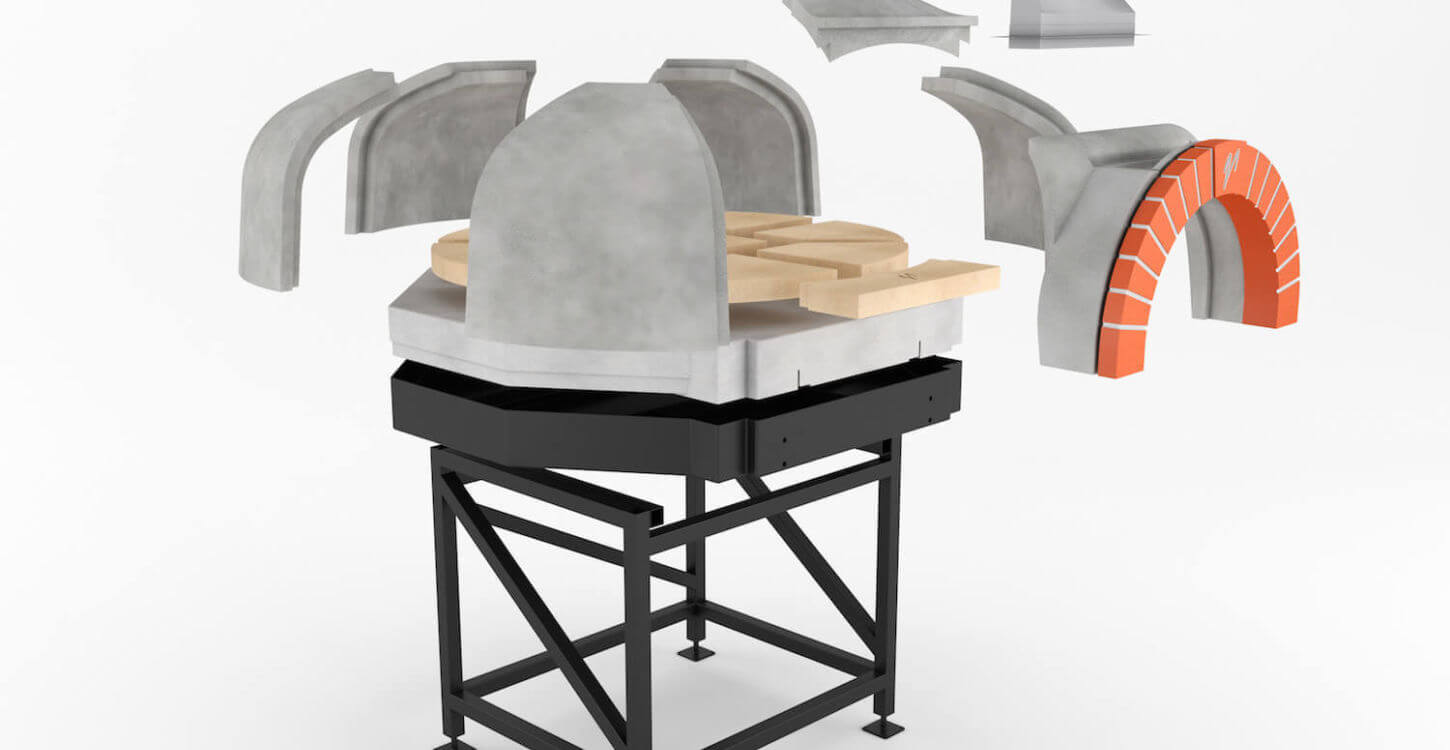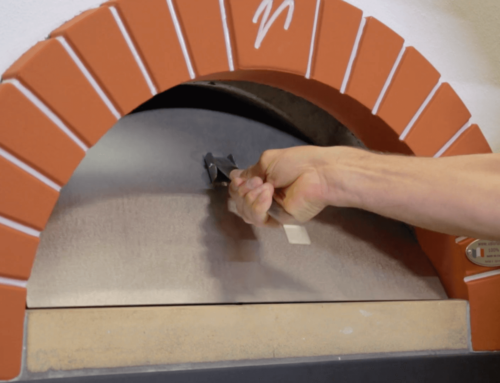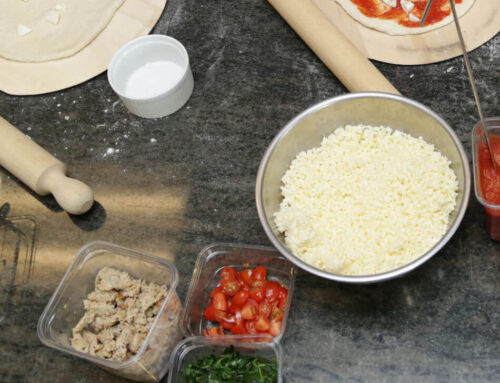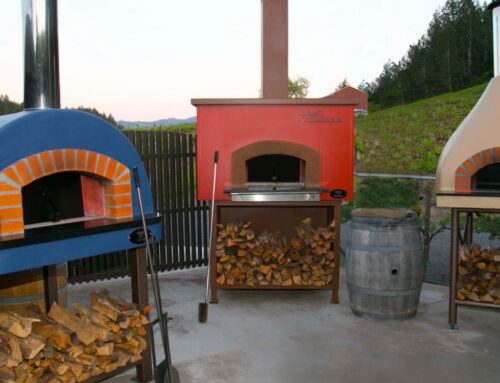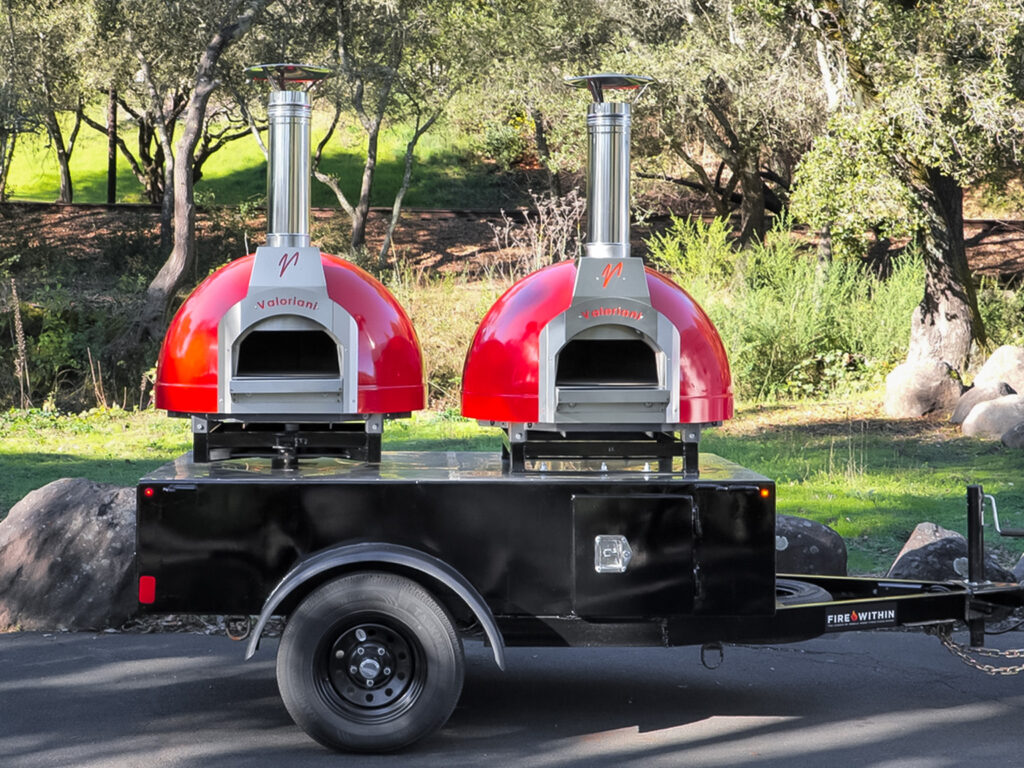
Insulation or Thermal Mass — What’s Under Your Oven?
In the course of building a wood fired oven, the choice of materials you select to support and surround the oven components will play a pivotal role in the overall performance of that oven. For this article we will discuss the two main choices for building a pizza oven base and the aspects that determine a safe and long lasting structure.
Polar Opposites, Insulation Rejects Heat and Thermal Mass Retains Heat
When we look at the differing roles the various pizza oven components play, it is easier to understand where to place insulation and where to incorporate thermal mass. Using common sense, we can acknowledge the following.
Hot follows cold: We experience this every time a cold pan is placed on a hot burner. The heat from the burner moves in and through the pan via a process we call conduction.
Hot air rises: and cold air falls. This natural phenomenon is demonstrated daily in our lives as we try to maintain a comfortable living space.
Conductors rely on density to move and hold heat: Cast iron, a heavy and dense metal, is well known for its ability to get incredibly hot (conduct heat) and hold that heat for a long time. A light weight aluminum, pan placed in the same oven, will lose its heat considerably faster than the cast iron cookware when the heat is turned off.
Insulators use trapped air space and reflection to stop heat: We know that attics are filled with lightweight fluffy insulation to either hold the heat in or keep it out. Science tells us that trapped air space (essentially zero density) is the major source of this insulating effect. Aluminum foil is used to shield food inside an oven by reflecting the heat away. Also, notice how this lightweight, low-density foil stays cool to the touch even when immediately removed from the oven.
The Floor in a Wood Fired Oven is Tasked With Two Jobs in Order to Successfully Cook
Adequate support: A Firebrick floor is utilized for its strength and longevity to withstand the 1400F temperatures reached by a bed of red-hot coals.
Cooking via conduction: The floor is the cook surface so every time food is placed in the oven, heat is pulled from floor and into the food.
The Internal Dome also Serves Various Tasks Essential to Efficient, Effective Cooking
Adequate support: The individual components that make up the dome also need to withstand the heat from the fire and be able to function at 1000F.
Cooking via convection: The shape of the dome determines the airflow in the baking chamber but this is not affected by insulation or thermal mass.
Cooking via radiant heat: The deep heat in the dome radiates back into the bake chamber whether there is a fire or not. Holding this heat inside the oven is crucial to achieve the consistency in temperature and the holding time only a well designed wood fired oven can offer.
Putting it all Together
Keeping all this in mind, let’s look at how the structure of the oven can be optimized to support the cooking dynamics inside the pizza oven.
The floor of the pizza oven needs to be supported at a height comfortable for cooking. A stand is built with either a masonry structure (typically concrete blocks) or using a steel stand. Next, a base is required to hold the oven components using either a concrete slab over the concrete block stand or a steel pan on top of the steel stand.
The next step is to place the oven floor on the base.
We know the intense heat from the fire will conduct through the firebrick floor and move into the base. But do we add insulation or thermal mass between the base and floor?
The Thermal Mass Method
Every time we put food on the floor of a pizza oven to cook, some of the heat in the floor will be pulled into the food. If you plan to bake multiple pizzas or roast for several hours, you need to keep enough heat available to the floor to replenish what is lost in cooking. Since we know heat rises and moves via conduction, it makes only sense to place a reservoir of heat below the oven floor.
Thermal mass is the term used to describe a method of passively retaining heat. A good way to think about thermal mass is by using a battery analogy. Heat is energy. The larger D cell battery has more energy storage capacity than the smaller AAA battery. By adding more heat retaining mass below the floor, we create longer holding times and more consistent heat inside the oven.
Mugnaini follows the traditional methods for increased thermal mass we learned from Italian oven builders. A layer of silica sand (white beach/play box sand) is sandwiched between the support base and the oven floor. By utilizing the conductive nature of sand (think walking at the beach on a hot day) we create that reservoir that will offer deep even heat and quicker recovery time for the floor.
Incorporating thermal mass with a masonry base has these characteristics:
- Requires a dual slab system with a 4 – 6”concrete support slab + 4” sand layer held in place with concrete blocks around the perimeter + 2 ½” concrete slab.
- Heat will easily conduct through the 2 ½” slab and soak into the sand layer.
- The sand will also act as a thermal break protecting the support slab from high temperatures with the lower slab reaching temperatures of only 120F.
- The sand rather than the firebrick floor will soak up any moisture wicking up through the masonry.
- Floor temperatures will stay more consistent aided by the deep heat below.
- Bread baking, high heat roasting and large pizza production will be enhanced due to the reservoir of heat available below the floor.
The Insulation Method
Rigid insulation board made of ceramic fibers (not household rigid insulation) can offer appropriate protection from the heat of the fire when placed between the firebrick floor and the concrete base (support slab). As expected, the ceramic board is light and stops the conduction of heat.
As insulation, this rigid board rejects heat sending it back in the direction it came from. While that protects the base, it greatly limits the floor. With insulation isolating the floor from below, the only source for heat comes from the fire. If the floor is covered with food, it cannot recover the heat it has lost until that section of floor is once again visible to the flame.
Using an insulating board under a firebrick floor will have the following results:
- Start up times appear to be quick as the heat moves through the floor but then stops at the insulation board as there is no thermal mass.
- The high heat is quickly lost once cooking starts resulting in high degrees of variance across the cooking surface depending upon where the food was.
- No thermal mass means no reservoir of heat below the floor for recovery.
- The heat potential in the floor is limited solely to the thickness of the firebrick. As the floor’s temperature varies, an imbalance between the dome and floor is created. Constantly searching for the sweet spot is typical.
- Insulation board needs to be isolated from water – most insulation will soak up water like a sponge.
- Masonry is porous by nature and allows water to soak through.
- Water is the enemy of a wood fired oven and especially firebrick. Any moisture trapped in or below a firebrick has the potential to reach the boiling point and expand into steam. That action will break apart any firebrick.
So while you can skip a step when building the masonry base of a pizza oven, you lose out on the key elements that add longevity to the structure and the characteristics that made wood fired ovens so popular.
Refractory Thermal Mass Method
Refractory castable/concrete is industry jargon for clay with a naturally occurring high alumina and silica content. Normal concrete can only withstand a few hundred degrees before it starts to break down. Refractory concrete can be engineered for use in a wide range of temperatures.
Mugnaini factory assembled ovens are built on a steel stand with a steel support pan that is filled with refractory castable to create thermal mass. We worked with thermal ceramic engineers to find a blend that will offer the heat retaining level of a sand base with the strength of concrete. The resulting blend has proven successful in restaurants and homes across North America for over 27 years!

